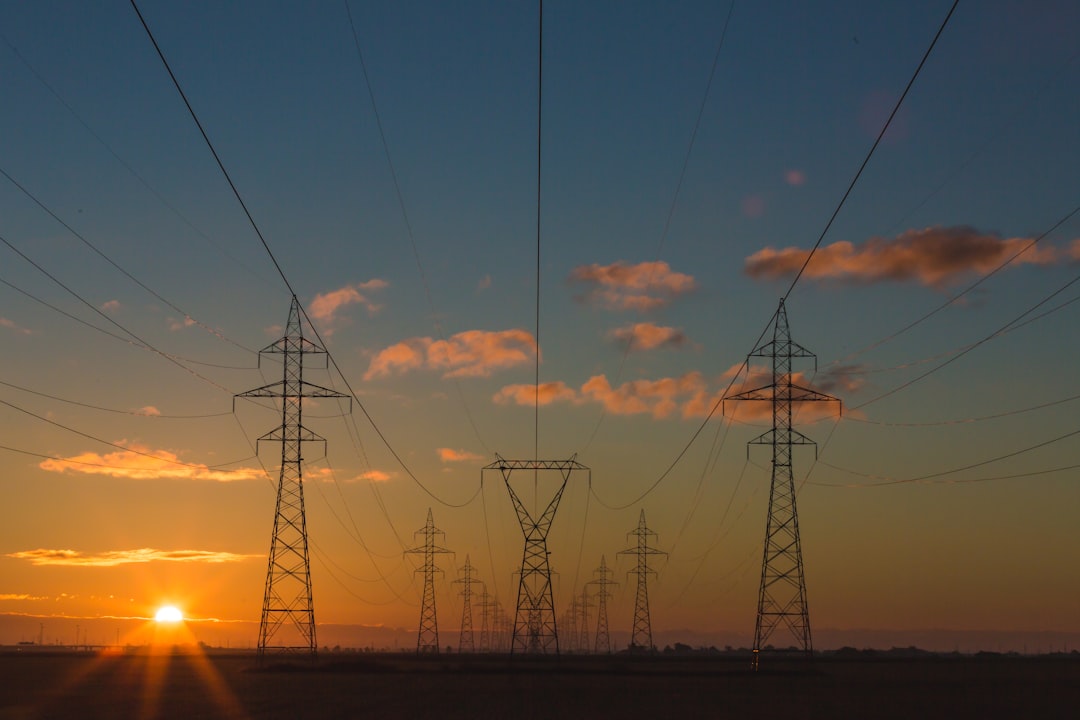What is it about?
The recent 28th United Nations Climate Change Conference (COP 28) that took place in Dubai has once again highlighted the urgency of moving away from an energy model based on fossil fuels. Energy tensions caused by the war in Ukraine have added to the pressure that global warming is putting on an energy transition towards low-carbon energy sources, such as renewable energy sources. This study proposes a novel methodology to inspect the interactions between wind and solar energy deployment relative to other renewables and a wide range of socio-economic and environmental variables in 21 European countries during the period 2007–2021. First, countries are ordered according to their average level during the evaluated period. The ordinal position of each country is used as input for a multivariate analysis that avoids problems of multicollinearity and inefficiency inherent to model estimation with a large number of intertwined covariates. In a second stage, by means of Categorical Principal Component Analysis (CATPCA) all the information from the rankings is synthesized into two factors. This makes it possible to graphically evaluate the interplay between the different variables and the relative positioning of the countries in relation to the average level observed for the different factors during the sample period.
Featured Image

Photo by Karsten Würth on Unsplash
Why is it important?
Apart from the use of a novel methodology, the study incorporates environmental factors as potential determinants of the deployment of variable renewable energy sources that until now have been little studied. In this sense, some of the climatic indicators used have been calculated ad-hoc for this work. In addition, human development is also considered, which incorporates dimensions such as education and health, with the aim of helping to design renewable energy consumption policies in accordance with the level of development of each country. Overall, the obtained results suggest a decoupling between the development of wind energy and solar energy sources. High levels of wind penetration in the renewables mix seem to be positively associated with energy consumption and economic factors, while solar energy seems to have experienced greater development in countries with greater energy dependence. The finding that energy, economic and environmental variables affect the deployment of wind and solar energy very differently highlights the need to analyze each of the renewable energy sources independently. Likewise, it has important implications in terms of the design of energy policies, highlighting the importance of implementing sector-specific measures. Finally, it was also found that the positioning of the countries with respect to the natural and economic dimensions derived from the analysis roughly correlates with cultural and geographic clusters. Three large groups of countries seem to emerge from the perceptual maps generated. Eastern European countries presented the lowest values in wind development and energy consumption, while the Scandinavian countries had exceedingly low positions regarding solar energy, but low dependence on energy imports and high levels of human development. The rest of the countries, representing western and southern Europe were categorized by varied values in both dimensions, with the Mediterranean countries displaying a slight dominance in the solar dimension and western European countries like Germany, France and the Netherlands displaying higher wind deployment. Spain here is a notable outlier, displaying strong values in both dimensions. This clustering suggests some sort of regional trend in the preferential development of wind and solar energy that extends beyond simply climactic and environmental differences.
Perspectives
The energy transition is a crucial issue at the current crossroads, and the role that renewable energies must play on that path is of utmost relevance. In this aspect, the present work presents a novel methodology that allows analyzing this issue from a multidisciplinary perspective.
Oscar Claveria
AQR-IREA, Univeristy of Barcelona
Read the Original
This page is a summary of: A synergistic analysis of solar and wind energy deployment in Europe, Environmental Development, February 2024, Elsevier,
DOI: 10.1016/j.envdev.2024.100967.
You can read the full text:
Resources
Contributors
The following have contributed to this page










